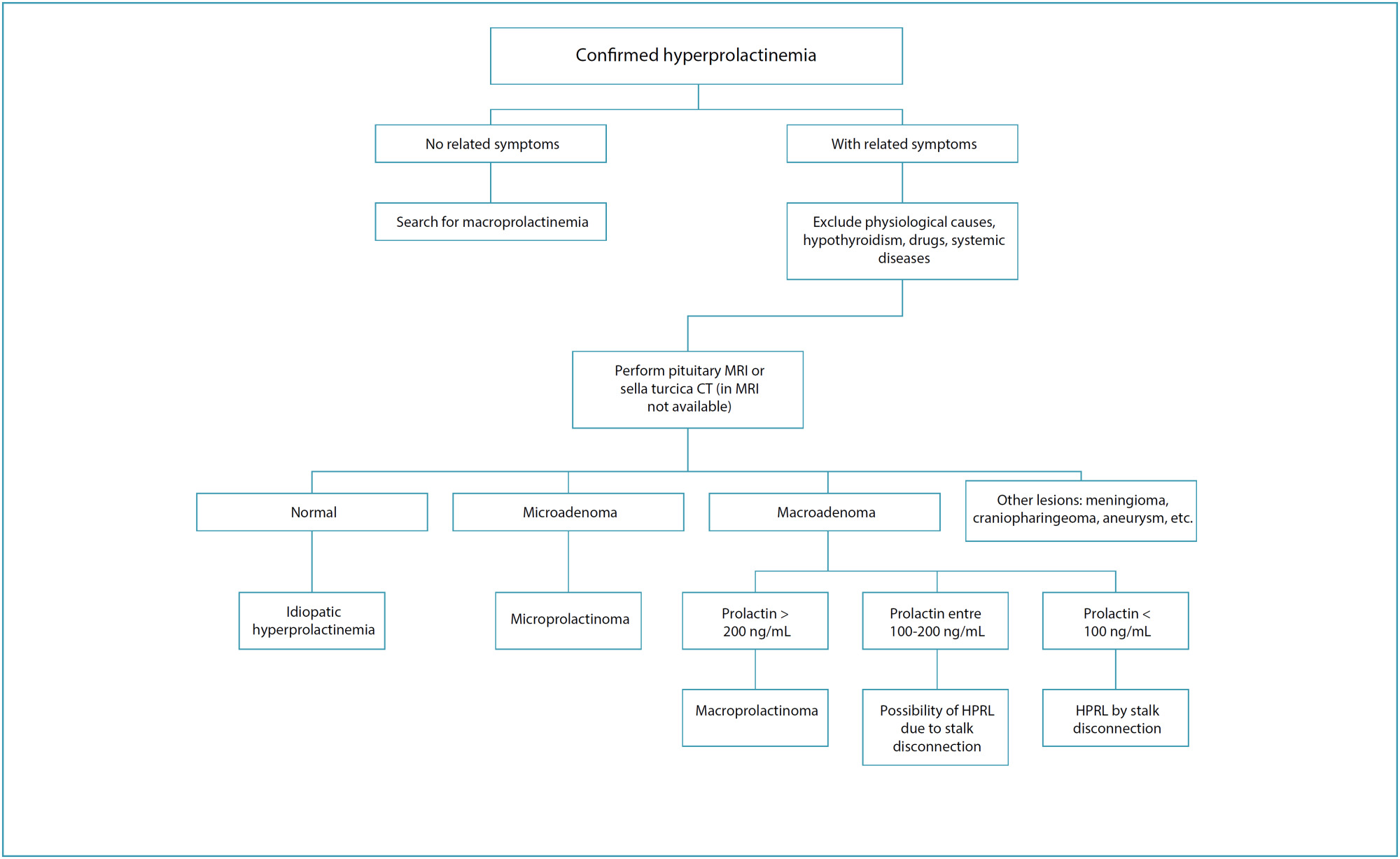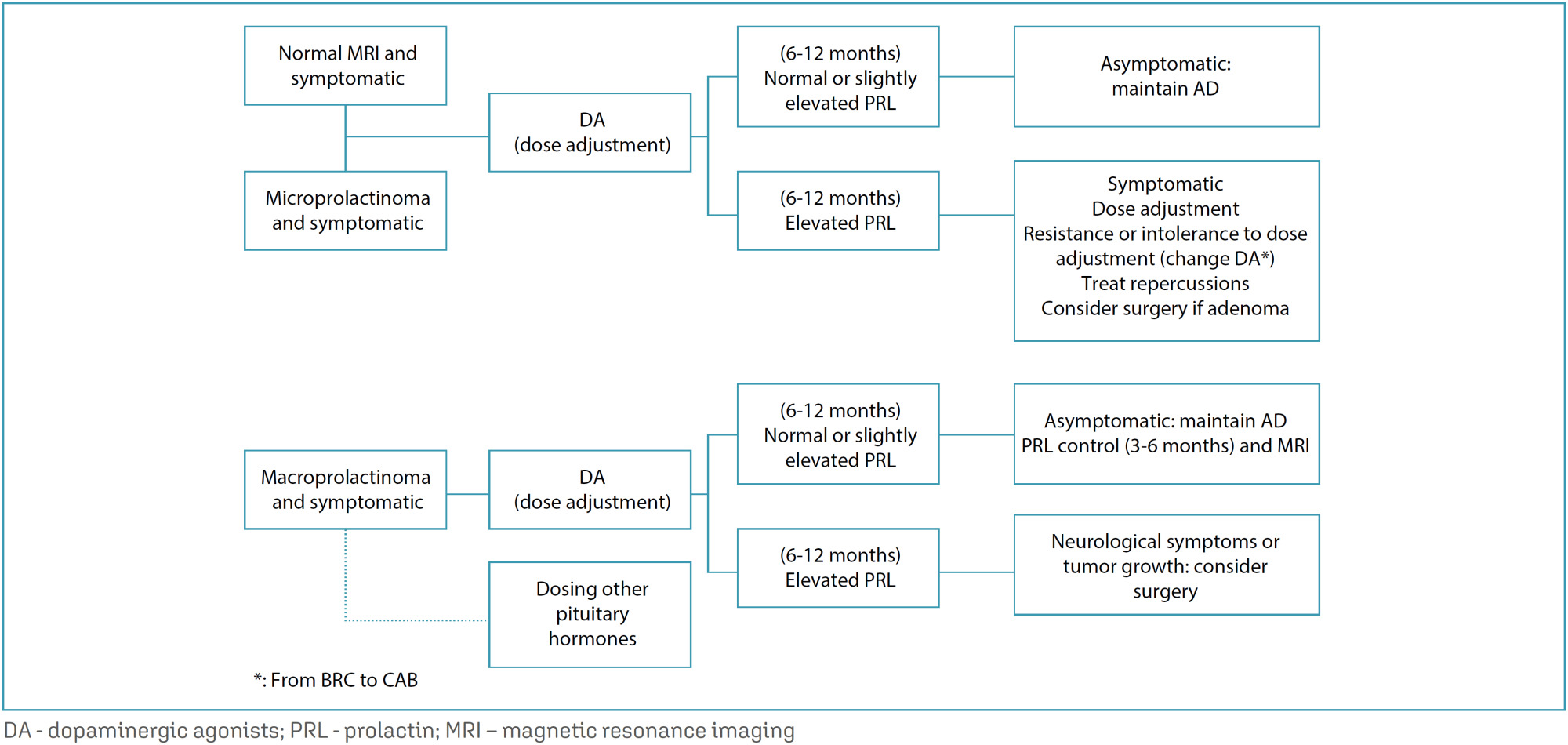-
Trabalhos Originais
Estimation of Fetal Weight: Comparison Between a Clinical Method and Ultrasonography
Revista Brasileira de Ginecologia e Obstetrícia. 1998;20(10):551-555
04-05-1998
Summary
Trabalhos OriginaisEstimation of Fetal Weight: Comparison Between a Clinical Method and Ultrasonography
Revista Brasileira de Ginecologia e Obstetrícia. 1998;20(10):551-555
04-05-1998DOI 10.1590/S0100-72031998001000002
Views42See morePurpose: to assess the validity of fetal weight estimation by a method based on uterine height — Johnson’s rule. Methods: one hundred and one pregnant women and their newborn children were studied. The fetal weight was estimated using an adaptation of Johnson’s rule, which consists of the clinical application of a mathematical model to calculate the fetal weight based on the uterine height and the height of fetal presentation. The estimated weight was obtained on the day of delivery and was compared to the weight observed after birth. This, in turn, was the control of the analysis of validity of the method used. On the same date, a detailed obstetrical ultrasonography (US) was conducted which included the fetal weight, calculated by the use of Sheppard’s tables. This weight, estimated by US, was compared to the birth weight. Results: the results have proven that the clinical estimate used in this study has a similar value to that of the US calculation of birth weight. The accuracy of the clinical method, with variations of 5%, 10% and 15% between estimated and observed weights, was 55.3%, 73% and 86.7%, respectively. Those of the US were 60.7%, 75.4% and 91.1%, respectively. When comparing both sets of figures, values were not different from a statistical standpoint. Conclusion: the clinical evaluation has shown to be accurate, similarly to the US, when calculating the birth weight.
-
Resumos de Teses
Indice de líquido amniótico em gestantes diabéticas e a qualidade do controle glicêmico na gestação
Revista Brasileira de Ginecologia e Obstetrícia. 1998;20(8):485-485
04-05-1998
Summary
Resumos de TesesIndice de líquido amniótico em gestantes diabéticas e a qualidade do controle glicêmico na gestação
Revista Brasileira de Ginecologia e Obstetrícia. 1998;20(8):485-485
04-05-1998DOI 10.1590/S0100-72031998000800011
Views32Indice de Líquido Amniótico em Gestantes Diabéticas e a Qualidade do Controle Glicêmico na Gestação.[…]See more -
Resumos de Teses
Avaliação do grau nuclear da célula maligna da mama como parâmetro de atividade proliferativa tumoral: comparação com a expressão do antígeno nuclear de proliferação celular (PCNA/ciclina)
Revista Brasileira de Ginecologia e Obstetrícia. 1998;20(8):485-485
04-05-1998
Summary
Resumos de TesesAvaliação do grau nuclear da célula maligna da mama como parâmetro de atividade proliferativa tumoral: comparação com a expressão do antígeno nuclear de proliferação celular (PCNA/ciclina)
Revista Brasileira de Ginecologia e Obstetrícia. 1998;20(8):485-485
04-05-1998DOI 10.1590/S0100-72031998000800010
Views35Avaliação do Grau Nuclear da Célula Maligna da Mama como Parâmetro de Atividade Proliferativa Tumoral: Comparação com a Expressão do Antígeno Nuclear de Proliferação Celular (PCNA/ciclina).[…]See more -
Relato de Casos
Prenatal diagnosis of arthrogryposis multiplex congenita: a case report
Revista Brasileira de Ginecologia e Obstetrícia. 1998;20(8):481-484
04-05-1998
Summary
Relato de CasosPrenatal diagnosis of arthrogryposis multiplex congenita: a case report
Revista Brasileira de Ginecologia e Obstetrícia. 1998;20(8):481-484
04-05-1998DOI 10.1590/S0100-72031998000800009
Views52See moreArthrogryposis multiplex congenita is characterized by multiple joint contractures present at birth. Prenatal diagnosis is difficult. There are few reports in the literature. Fetal akinesia, abnormal limb position, intrauterine growth retardation, and polyhydramnios are the main findings of the ultrasonographic diagnosis. The authors describe a case of arthrogryposis multiplex congenita ultrasonographically diagnosed in the third gestational trimester. The main findings were absence of fetal movements, polyhydramnios, symmetrical and non-symmetrical fetal growth retardation with marked decrease of abdominal and thoracic circumference, low-set ears, micrognathia, continuous flexure contracture of limbs, internal rotation of the femur, and clubfoot on the right.
-
Trabalhos Originais
Second-degree family history as a risk factor for breast cancer
Revista Brasileira de Ginecologia e Obstetrícia. 1998;20(8):469-473
04-05-1998
Summary
Trabalhos OriginaisSecond-degree family history as a risk factor for breast cancer
Revista Brasileira de Ginecologia e Obstetrícia. 1998;20(8):469-473
04-05-1998DOI 10.1590/S0100-72031998000800007
Views94See morePurpose: to evaluate the association between second-degree family history of breast cancer and the risk to develop the disease. Methods: case-control study of incident cases. Sixty-six incident breast cancer cases and 198 controls were selected among women who were submitted to mammography in a private clinic between January 1994 and July 1997. Cases and controls were paired regarding age, age at menarche, at first live birth, at menopause, parity, oral contraceptives and use of hormonal replacement therapy. Results: there was no significant difference between cases and controls regarding all risk factors evaluated, besides second-degree family history. Patients with breast cancer were more likely to have second-degree relatives with breast cancer when compared to controls (OR=2.77; 95% CI, 1.03-7.38; p=0.039). Conclusions: malignant neoplasm of the breast is significantly associated with a second-degree family history of this disease.
-
Trabalhos Originais
Fine needle aspiration biopsy: performance in the differential diagnosis of palpable breast masses
Revista Brasileira de Ginecologia e Obstetrícia. 1998;20(8):463-467
04-05-1998
Summary
Trabalhos OriginaisFine needle aspiration biopsy: performance in the differential diagnosis of palpable breast masses
Revista Brasileira de Ginecologia e Obstetrícia. 1998;20(8):463-467
04-05-1998DOI 10.1590/S0100-72031998000800006
Views32See morePurpose: to evaluate, in a prospective way, the performance of the fine needle aspiration biopsy in the differential diagnosis of palpable breast masses. Method: the sensitivity, specificity, positive and negative predictive values for this test were evaluated in 102 women with age above 30 years and a palpable breast mass, who were attended at the University of Campinas. All punctures were performed by the same examiner. Results: the procedure had a sensitivity of 97%, specificity of 87%, positive predictive value of 94% and negative predictive value of 93%. The insufficient or unsatisfactory sample rate was 16% for the first aspiration, decreasing to 2% with a new procedure. Conclusions: this test showed to be highly sensitive and specific for the differential diagnosis of palpable breast masses, reassuring its great importance for the clinical approach of palpable masses.
-
Trabalhos Originais
A randomized trial of misoprostol and placebo for cervical ripening and induction of labor
Revista Brasileira de Ginecologia e Obstetrícia. 1998;20(8):457-462
04-05-1998
Summary
Trabalhos OriginaisA randomized trial of misoprostol and placebo for cervical ripening and induction of labor
Revista Brasileira de Ginecologia e Obstetrícia. 1998;20(8):457-462
04-05-1998DOI 10.1590/S0100-72031998000800005
Views69See moreObjective: to determine the efficacy and safety of misoprostol for cervical ripening and induction of labor in pregnant women at term when compared with placebo. Patients and Methods: fifty-one high-risk pregnant women at term, with unripe cervix, were allocated in a double-blind trial for treatment with intravaginal misoprostol (40 mg, 4/4 h) or intravaginal placebo. Results: thirty-two patients received misoprostol and 19 received placebo. The groups were homogeneous concerning maternal age, gestacional age, parity, and indication for induction (p > 0.05). In the misoprostol group the efficacy was 87.5% and in the placebo group 21.1% (p = 0.0000087). Regarding delivery, in the misoprostol group 75% had vaginal delivery and 25% abdominal delivery, and in the placebo group only 32% had vaginal delivery and 68% abdominal delivery (p = 0.0059).The Apgar score was similar. Conclusion: in this study misoprostol was effective and safe for cervical ripening and induction of labor.
Search
Search in:
Tag Cloud
Pregnancy (251)Breast neoplasms (104)Pregnancy complications (103)Risk factors (103)Menopause (87)Ultrasonography (83)Cesarean section (77)Prenatal care (71)Endometriosis (70)Obesity (60)Infertility (56)Quality of life (53)prenatal diagnosis (51)Women's health (48)Maternal mortality (45)Pregnant women (45)Breast (44)Postpartum period (44)Uterine cervical neoplasms (43)Prevalence (42)




